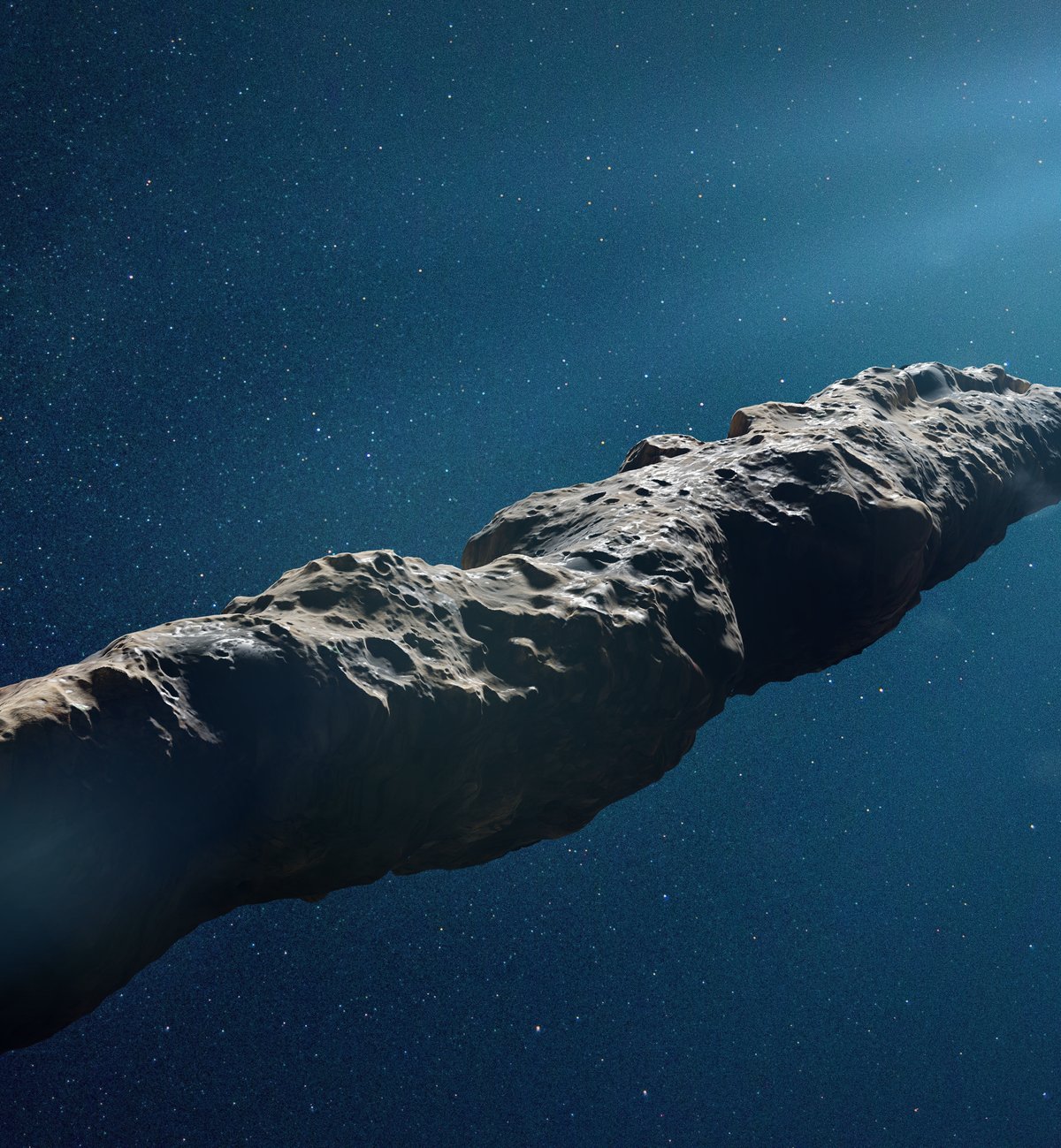Because we are accustomed to observing the night sky and seeing neighboring planets around the Sun, we are often unaware of the existence of another, darker, colder and more mysterious system in the farthest reaches of our Solar System. It is a place inhabited by strange beings and strange worlds, some of which have never been seen before because they are so far from the Sun and receive so little light..
From the ninth planet theorized since 2016 but yet to be found, to wandering planets without stars, these distant regions of the Solar System contain both previously observed, unreal-looking objects and objects that fit astrophysical theories but are still just guesses.S. Discover some examples of this collection of fantasy worlds and mysteries.
8 mysterious objects from the farthest reaches of the Solar System
Ninth Planet
Less a planet (because no one has ever found it) and more an explanation for some of the strange orbits of large objects around the Kuiper Belt, Planet 9 was theorized in 2016.
If it exists, it is likely an icy gas giant that is about seven times larger than Earth and takes up to 10,000 years to orbit the Sun. The evidence is so strong that scientists believe finding out is just a matter of using the right telescope.
Unknown dwarf planets
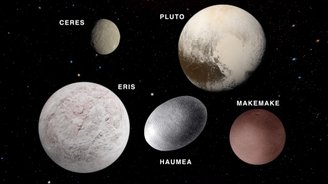
Promising dwarf planets for study (they differ from us only in their inability to clear debris from their orbits) may number in the hundreds beyond the known Pluto, Ceres, Haumea, Eris and Makemake. These never-before-seen mini worlds are all in the Kuiper Belt. And also in the views of the James Webb Space Telescope, which coincidentally revealed that Eris and Makemake may be geologically active (something dynamic is occurring beneath the surface).
Second Kuiper Belt
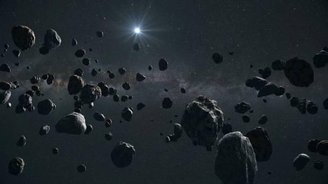
Mysterious objects of an already known structure, a potential asteroid belt, can be found at a distance of about ten astronomical units (the average distance between the Earth and the Sun) from the original formation.
This so-called twin structure was proposed after researchers deduced the presence of external objects. caused by disturbances in the orbits of trans-Neptunian objects that cannot be explained by the existence of known belts alone.
volcanic comets
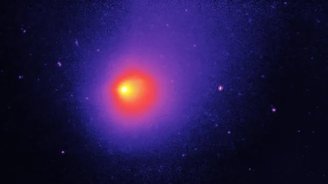
Far beyond the Kuiper Belt, in the distant and icy Oort Cloud, there are cryovolcanic comets, icy objects that suddenly explode as they approach the Sun, spewing dust and frozen gas.
Objects that are difficult to detect due to the length of their orbits have rare appearances such as: Comet 12P/Pons-Brooks exhibiting several flares as it approached the Sun on April 21, 2024.
I also know that:
Wandering planets captured by the Sun
Although scientists have detected hundreds of rogue planets (not bound to a star) floating around our galaxy, just last year they theorized that they were captured by our Sun’s gravity.
Recent research suggests It is estimated that up to five such Earth-sized planets may exist at the edges of the Solar System..
interstellar visitors
Like wandering planets, the Sun may occasionally attract floating objects from interstellar space, and these objects may eventually cross our space.
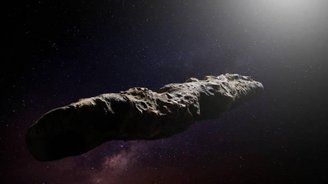
Some recent examples include ‘Oumuamua, an object with an unusual, elongated shape, in 2017, and comet 2I/Borisov in 2019. Scientists estimate that between a thousand and 10 thousand of these objects may pass through the Solar System at any given time.
mini black holes
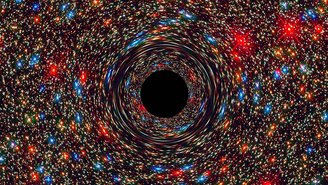
There is another new alternative to Planet 9 in case of orbital anomalies of Kuiper Belt objects: mini black holes or baby black holes. These hypothetical objects, formed in the first moments after the Big Bang, would have the mass of our Moon or a mountain.
No such black holes have been detected to date, but scientists continue to track them using gamma radiation or other emissions.
Killer asteroids
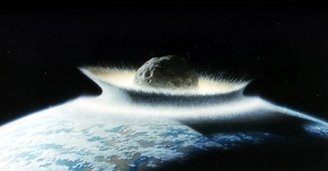
Although they do not fit neatly into the category of mysterious objects from the outer regions of the Solar System, some potentially dangerous asteroids could theoretically exist in the Kuiper Belt, although most of them are known to be located in the inner part of the Solar System.
However, a hypothetical large asteroid from this region, which is 30 to 60 astronomical units away from the Sun, could come here by surprise, unnoticed due to the brightness of the Sun.
We enjoyed exploring these interesting objects beyond the boundaries of our Solar System! Tell us on our social networks and get the opportunity to share the article with your friends. Until later!
Source: Tec Mundo
I’m Blaine Morgan, an experienced journalist and writer with over 8 years of experience in the tech industry. My expertise lies in writing about technology news and trends, covering everything from cutting-edge gadgets to emerging software developments. I’ve written for several leading publications including Gadget Onus where I am an author.






